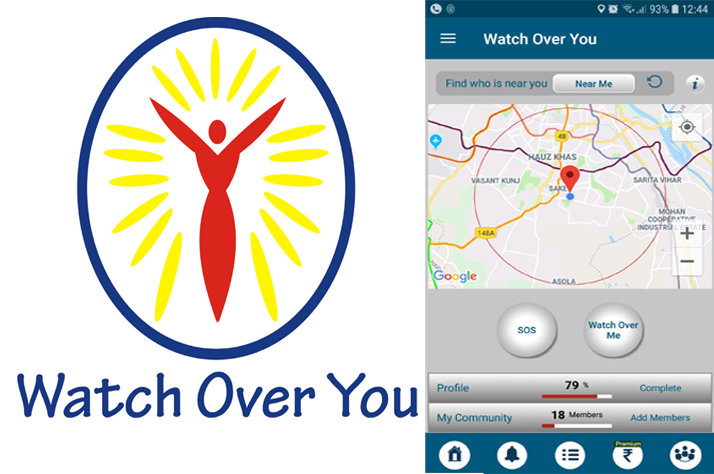Diabetic Nephropathy: 60% of People with Diabetes Are at Risk of Kidney Damage

Across the globe, diabetes has reached epidemic levels, affecting over 350 million people today and projected to touch 550 million by 2035. With this sharp rise comes an inevitable surge in kidney complications. In fact, diabetes is now the leading cause of end-stage kidney disease (ESKD) — when kidneys can no longer function without dialysis or transplant.
Both Type 1 and Type 2 diabetes can lead to nephropathy, but Type 2 is responsible for most cases due to its higher prevalence. The condition develops gradually, sometimes over decades, which is why many patients remain unaware until kidney damage becomes advanced.
How Diabetes Damages the Kidneys
Our kidneys filter blood, removing waste and excess fluids. Constantly high blood sugar levels damage these tiny blood vessels (glomeruli), reducing their filtering ability. The earliest warning sign is microalbuminuria, a small amount of protein leaking into the urine. Without timely intervention, this can progress to chronic kidney disease (CKD) and eventually end-stage renal failure. At that point, patients may need dialysis or kidney transplantation to survive.
Who Is Most at Risk?
Certain groups are more vulnerable. People of Asian, African, Hispanic, and Native American descent show higher rates of diabetic kidney disease. In India, often called the Diabetes Capital of the World, the problem is rapidly growing, particularly among urban adults with sedentary lifestyles and poor dietary habits.
Older adults face an even higher threat. Among those above 65, one in four lives with diabetes, and kidney disease cases in this group have nearly tripled in the last two decades.
The danger of diabetic nephropathy lies in its silent progression. There are no symptoms in the early stages. That’s why doctors stress regular screening, simple urine tests to detect albumin and blood tests to measure kidney function (eGFR).
With early diagnosis, timely medical care can delay or even prevent kidney failure.
How to Detect Diabetic Kidney Disease Early
The key to preventing irreversible kidney damage lies in early detection.
Because the disease progresses silently, regular screening is essential, even if you feel healthy.
Tests for Early Detection:
Urine Microalbumin Test: Detects small amounts of protein (albumin) leakage in urine, an early marker of kidney damage.
Serum Creatinine and eGFR (Estimated Glomerular Filtration Rate): Measures kidney filtering ability. A falling eGFRindicates worsening function.
Blood Pressure Monitoring: High blood pressure often accompanies and worsens kidney disease.
Annual Health Check-ups: For all diabetics, especially those with more than 5 years of diabetes history.
Symptoms & Signs of Diabetic Kidney Disease
Early stages of diabetic nephropathy usually have no noticeable symptoms.
As the condition progresses, signs may include:
Swelling of feet, ankles, or around the eyes (due to fluid retention)
Fatigue and weakness
Loss of appetite or nausea
Increased or decreased urination
Foamy or frothy urine (protein loss)
Persistent high blood pressure
Shortness of breath (from fluid buildup)
If you notice these symptoms, consult your doctor immediately for evaluation.
Standard Treatments for Diabetic Kidney Disease
Treatment plans are typically multidisciplinary and individualized, aiming to slow the progression of kidney damage and manage associated health risks.
Conservative Management (Early to Moderate Stages):
Lifestyle Modifications:
Strict glycemic control (keeping blood glucose levels within the target range, often with insulin or other medications).
Blood pressure control (often with Angiotensin-Converting Enzyme (ACE) inhibitors or Angiotensin Receptor Blockers (ARBs), aiming for a target below 130/80 mmHg if possible).
Dietary changes (low salt, controlled protein intake, healthy diet).
Regular exercise and maintaining a healthy weight.
Smoking cessation.
Medications:
SGLT2 inhibitors (e.g., dapagliflozin, empagliflozin) and GLP-1 receptor agonists (e.g., liraglutide, semaglutide) are newer drugs that have shown significant benefits in slowing kidney disease progression and reducing cardiovascular risks in patients with type 2 diabetes.
Finerenone (Kerendia), a non-steroidal mineralocorticoidreceptor antagonist, helps reduce the risk of kidney failure and cardiovascular events.
Statins to manage high cholesterol.
Treatments for End-Stage Kidney Disease (ESKD):
If kidney function declines to a critical point (ESKD), renal replacement therapy is necessary.
Dialysis: Artificially removes waste products and extra fluid from the blood. Options include:
Hemodialysis: Filtering blood using a machine outside the body, typically several times a week.
Peritoneal dialysis: Using the abdominal lining to filter waste internally, which can often be done at home.
Kidney Transplant: Surgically placing a healthy kidney from a deceased or living donor is often considered the best treatment for improving quality of life and survival rates in eligible patients. A kidney-pancreas transplant may also be an option for some patients with type 1 diabetes.
Symptom Management (Conservative Care): For those who choose not to undergo dialysis or a transplant, treatment focuses on managing symptoms and keeping the patient comfortable.
Diabetic nephropathy is a serious but preventable condition. Managing diabetes isn’t just about sugar levels, it’s about protecting vital organs like the kidneys. Through regular check-ups, lifestyle discipline, and early medical guidance, diabetics can preserve kidney health and live long, fulfilling lives.

Dr. Gandhe Sridhar
Sr. Consultant, Nephrology & Transplant Physician | Director – Nephrology & Transplant
STAR Hospitals Group, Hyderabad

 Disclaimer: Welthi.com does not guarantee any specific results as a result of the procedures mentioned here, and the results may vary from person to person.
Disclaimer: Welthi.com does not guarantee any specific results as a result of the procedures mentioned here, and the results may vary from person to person.









